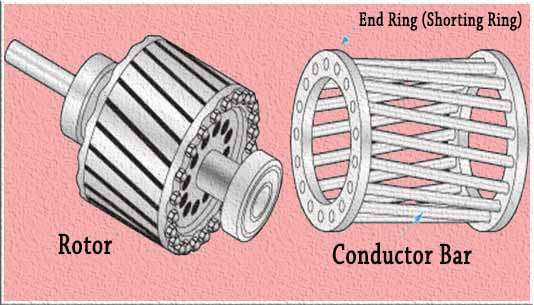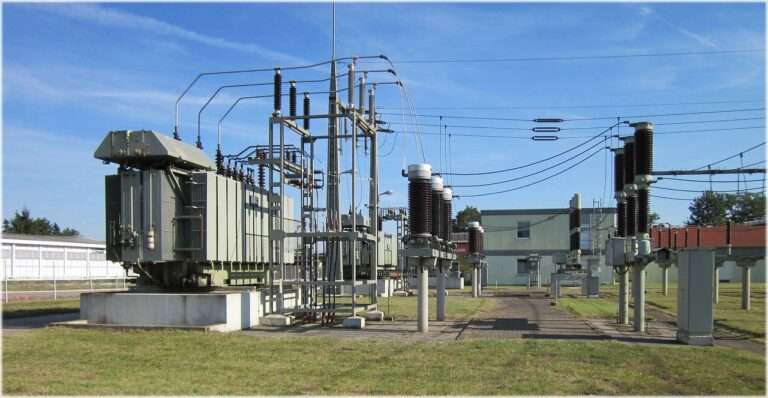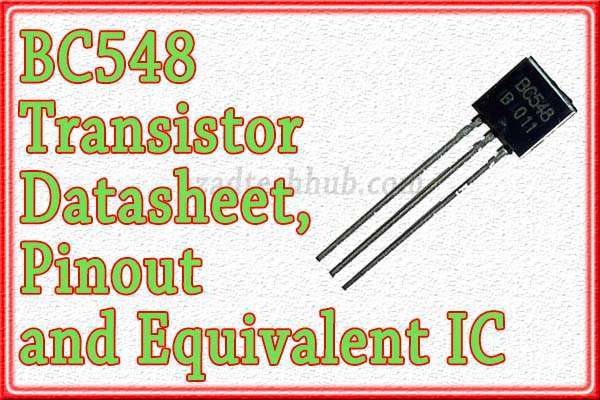Thermistor vs RTD vs Thermocouple: A Comprehensive Comparison
Thermistors, RTDs (Resistance Temperature Detectors), and Thermocouples are three distinct types of temperature sensors, each offering unique characteristics and advantages in various applications. In this detailed comparison, we will explore the differences between thermistor vs RTD vs thermocouple, focusing not only on commonly discussed features but also on technical distinctions.
Table of Contents

Thermistor vs RTD vs Thermocouple
Principle
Thermistors are temperature sensors made from semiconductor materials. They exhibit a highly nonlinear resistance-temperature relationship. The resistance of a thermistor decreases with increasing temperature, resulting in a significant resistance change over a small temperature range.
RTDs utilize the linear relationship between resistance and temperature. They are typically constructed using pure platinum wire wound around a ceramic or glass core as the sensing element. The resistance of an RTD increases linearly with temperature.
Thermocouples operate on the principle of the Seebeck effect, where two different metals are joined at one end to generate a voltage proportional to the temperature difference between the hot junction and the cold junction. Thermocouples have a nonlinear voltage-temperature relationship.
Nonlinearity
Thermistor vs RTD vs Thermocouple: Thermistors exhibit a significant nonlinearity in their resistance-temperature curve, making them sensitive to temperature changes over a limited range. RTDs are inherently linear and provide a predictable, straight-line relationship between resistance and temperature.
Thermocouples also have a nonlinear voltage-temperature relationship, which requires specialized tables or linearization techniques for accurate temperature readings.
Measurement Range
Thermistor vs RTD vs Thermocouple: Thermistors are typically suitable for a limited temperature range, often between -50°C and 150°C. RTDs cover a broader temperature span, ranging from -200°C to around 600°C, while thermocouples have an even wider range, extending from -200°C to over 2300°C.
Accuracy Over Range
Thermistor vs RTD vs Thermocouple: Thermistors can offer high accuracy within their limited range, typically providing accuracies within 0.1°C to 0.2°C. However, this accuracy diminishes when used outside of their specified range.
RTDs maintain consistent accuracy over their entire range, typically offering accuracies within 0.1°C to 0.01°C. Thermocouples provide varying levels of accuracy depending on the specific type, but they generally have lower accuracy than RTDs.
Self-Heating
Thermistor vs RTD vs Thermocouple: Thermistors generate some self-heating when a current flows through them due to their inherent resistance. This self-heating can affect accuracy, especially in low-temperature applications.
RTDs exhibit minimal self-heating, contributing to their higher accuracy and stability. Thermocouples may generate significant self-heating, particularly in high-temperature applications, which can affect their accuracy.
Applications
Thermistors are commonly used in applications where a limited temperature range is involved, such as automotive engine management systems, HVAC systems, and consumer electronics.
RTDs find applications in environments where precision and accuracy are paramount, such as laboratory equipment, pharmaceutical manufacturing, and industrial processes that require precise temperature control and monitoring.
Thermocouples are preferred in industries like metallurgy, aerospace, and power generation, where high temperatures are encountered. They are also used in ovens, furnaces, and exhaust gas monitoring due to their wide temperature range capabilities.
In summary, the choice between thermistor vs RTD vs thermocouple depends on the specific requirements of the application. Each sensor type offers unique advantages and disadvantages, with differences in linearity, measurement range, accuracy, and self-healing. Careful consideration of these technical distinctions is crucial to selecting the most suitable temperature sensor for a given task.
Follow us on LinkedIn”Electrical Insights” to get the latest updates in Electrical Engineering. You can also Follow us on LinkedIn and Facebook to see our latest posts on Electrical Engineering Topics.
Worth Read Posts






so much great info on here, : D.